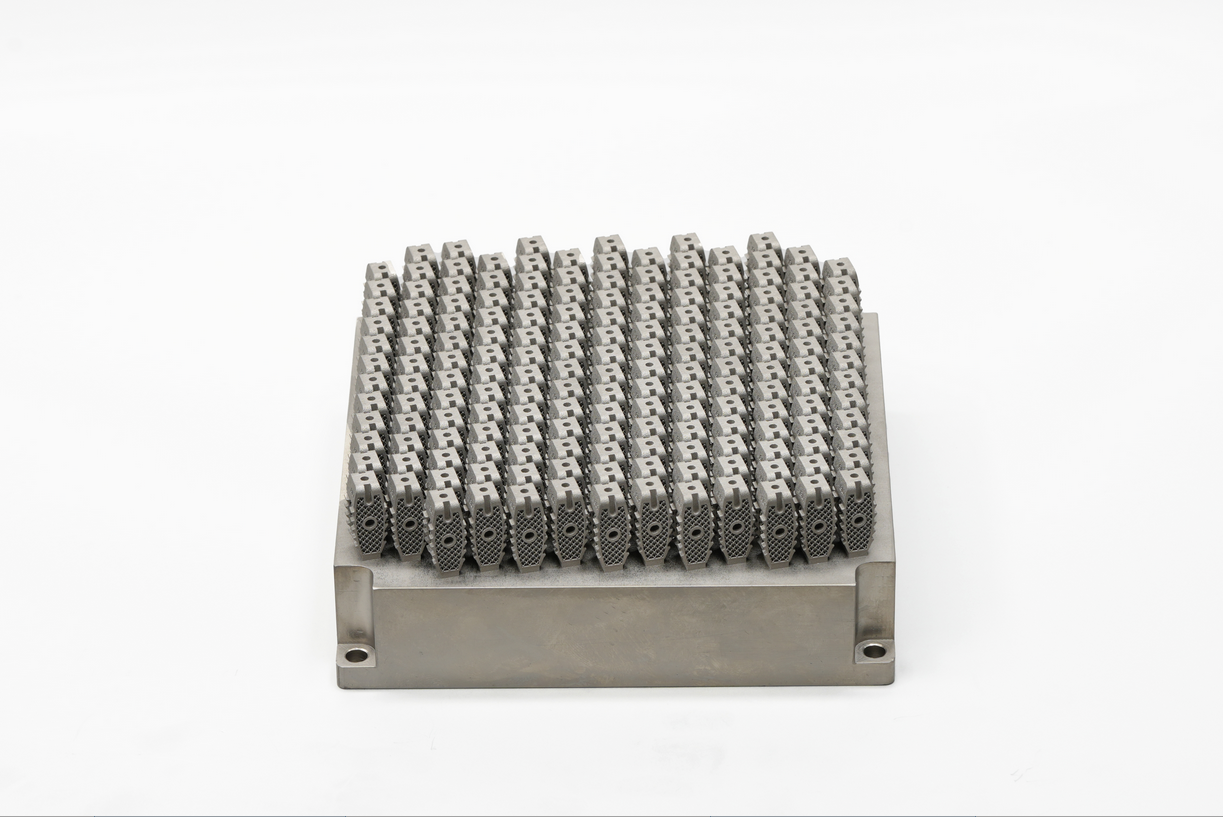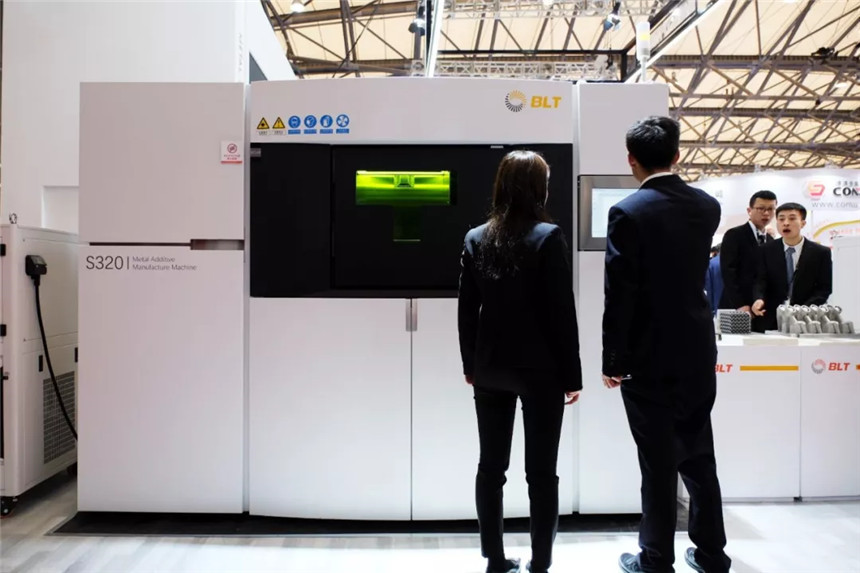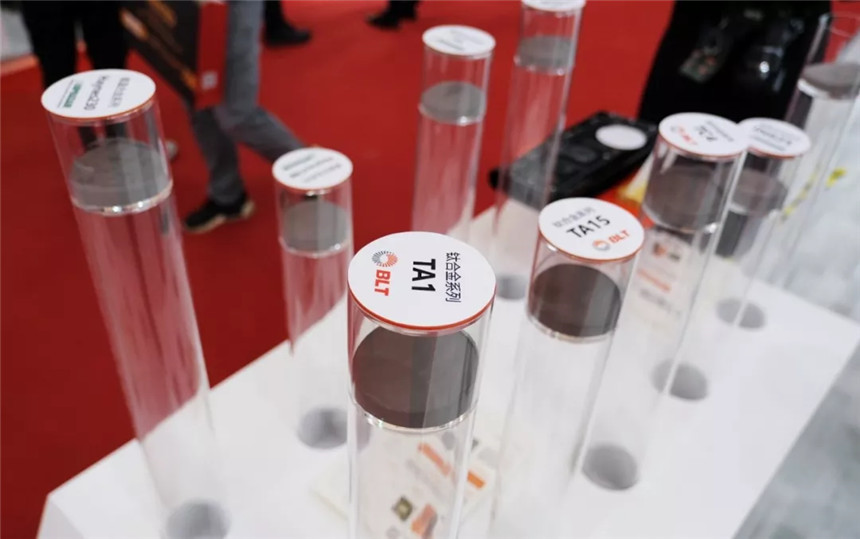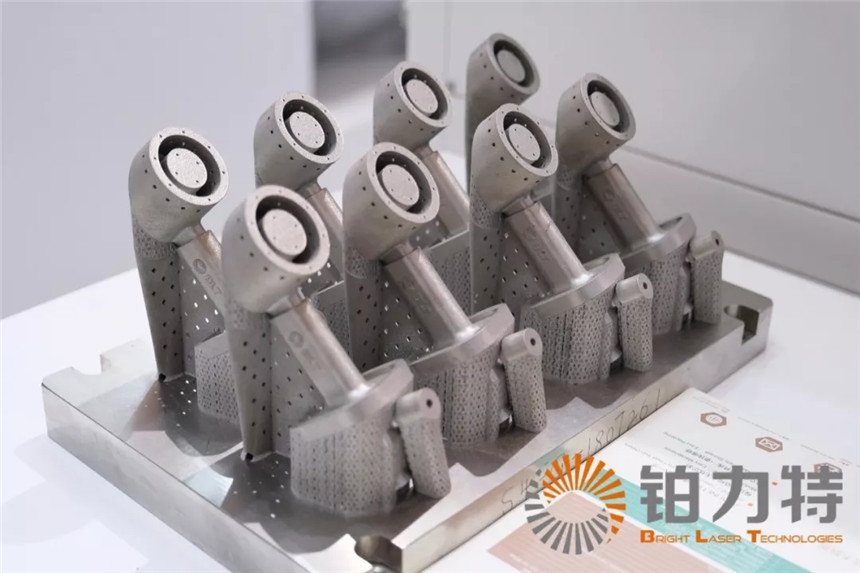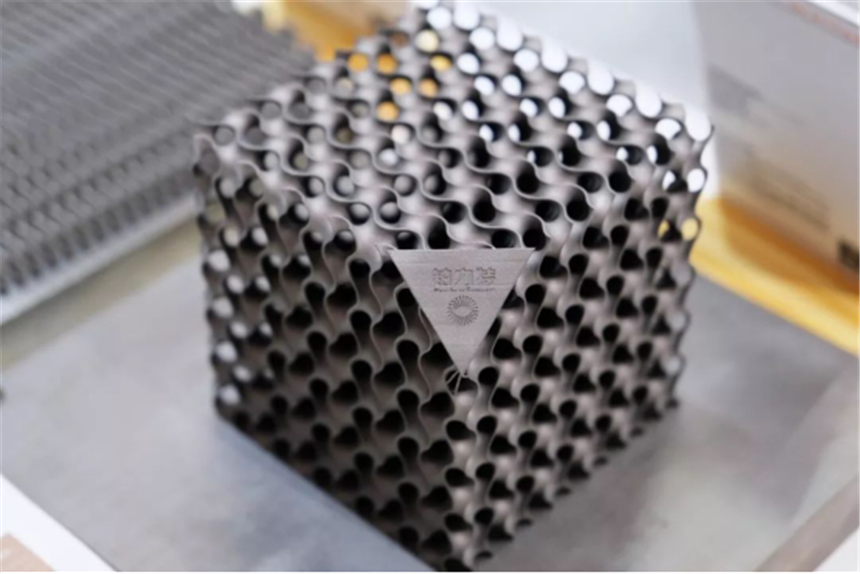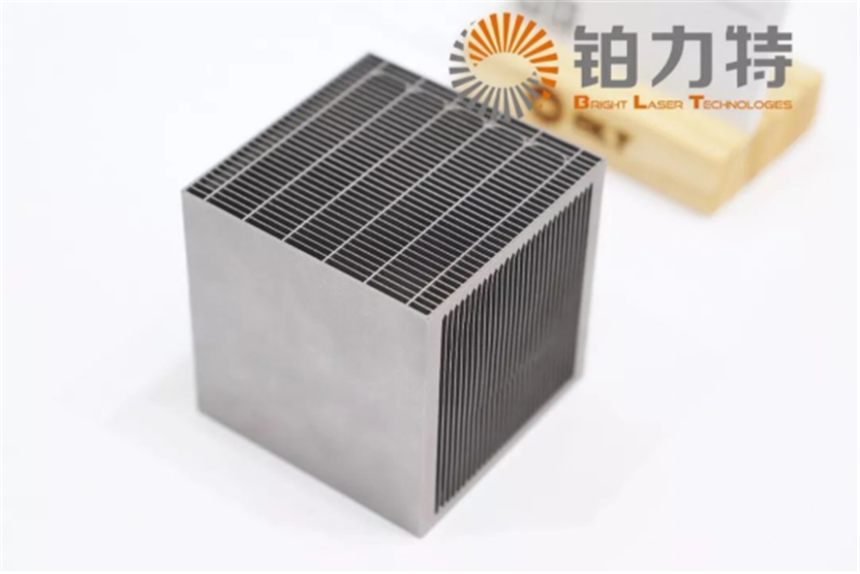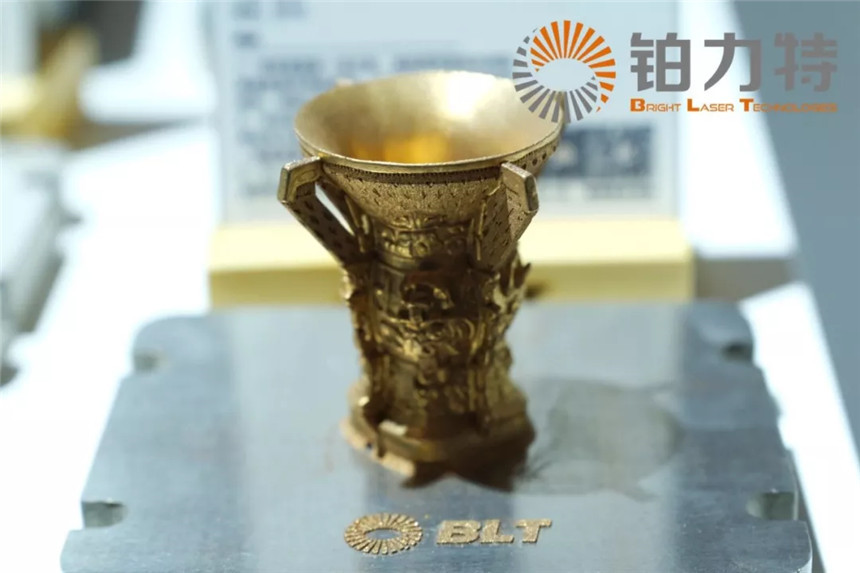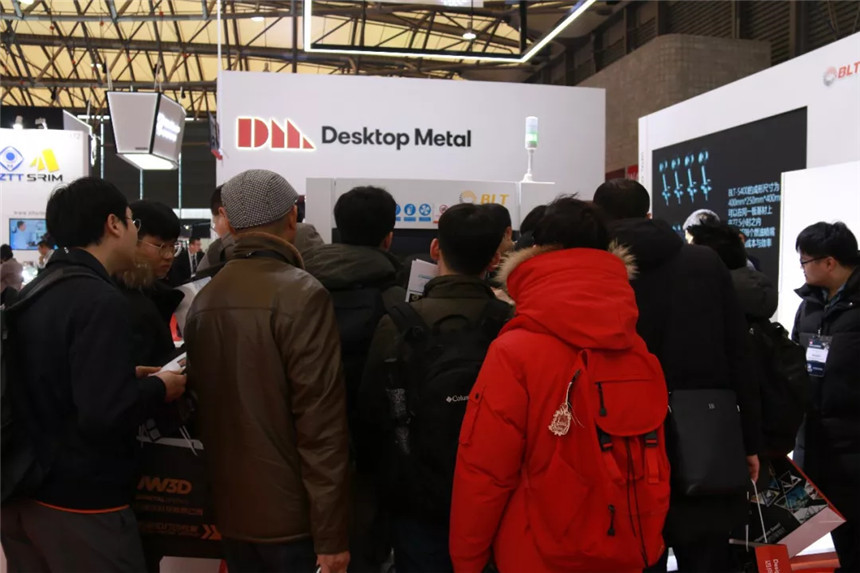Metal additive manufacturing has become a routine processing method for part development and batch production across various fields. BLT has launched a range of machines and systems including BLT-S400, BLT-S450, BLT-S600, BLT-S615, BLT-S800, BLT-S815, BLT-S1000, BLT-S1300, and BLT-S1500, which can achieve the combined manufacturing of large and medium-sized parts, small batch production of large-sized parts, and rapid batch production of small-sized parts. These machines and systems have proven reliable and high-quality in extensive applications, and recognized by customers. Notably, BLT-S450 and BLT-S800 series have maintained stable operation for over four years, and BLT-S600 series for over eight years. BLT’s R&D team has carried out multiple optimizations, upgrades, and plan verifications, consolidating the foundation and opening up new solutions, to better assist in large-scale batch production.

Upgraded Configuration, Improved Forming Efficiency
The upgraded BLT-S450 features a build dimension of 450mm x 450mm x 500mm (W×D×H), configured with 4, 6, or 8 lasers. The 8-laser setup improves efficiency by approximately 1.8 times compared to the 4-laser version.

BLT-S600 now has a build dimension of 650mm x 650mm x 850mm (W×D×H) with a maximum configuration of 16 lasers, enhancing efficiency by approximately 3.5 times compared to the 4-laser version.

BLT-S800 can be equipped with up to 20 lasers, increasing efficiency by approximately 2.9 times compared to the 4-laser configuration. Multi-laser configuration allows for efficient production of large and medium-format parts.

The upgraded printers feature a single-blade, double-direction dynamic recoating system that improves efficiency by intelligently adjusting speed based on part contours. They also support multi-laser printing with a large layer thickness of 100μm, maintaining forming quality while enhancing efficiency. BLT-BP V2 equipped enables efficient one-time slicing of large parts, shortening pre-print slicing and preparation time. It also supports free movement of multi-laser split lines, optimizing the collaborative utilization rate between multiple lasers and improve printing efficiency.

Comprehensive Quality Assurance
For the upgrades systems, the build cylinder adopts 3D printing technology and its structure is optimized and reinforced, thus reducing the risk of cylinder assembly and improving the structural strength of the cylinder. The build platform is uniformly preheated and temperature-controlled at 100℃ to prevent thermal deformation. BLT’s extensive experience ensures the consistency of quality and performance as well as the stability of build cylinders in batch production. The internal parts of the upgraded systems are produced with metal 3D printing, enhancing integration and reliability.

The upgraded solutions include a video monitoring module for real-time recording and quality monitoring of the forming process and an AI-powered self-learning platform. The video monitoring module provides real-time monitoring and documentation of the forming process, featuring extensive storage capacity to ease the quality review process. The self-learning platform employs AI models to help users independently define defects. It enables the customization of defects characteristics training based on actual operating conditions, and in combination with product data allows for fine-tuning of the model.

The Powder Circulation Solutions Facilitate Mass Production with “Cost Reduction, Quality Improvement, and Efficiency Enhancement”
The upgraded systems support two powder circulation solutions. Equipped with the integrated powder circulation system, BLT-XH300, it can integrate multiple powder handling requirements and enable automatic powder recycling, sieving, and supplying, thus increasing powder turnover rate and ensuring continuous production while shortening production cycle and reducing costs. It addresses the challenge of long production time and rapid powder circulation for large-format, multi-laser systems.

The systems also support modular powder circulation solutions including independent units like powder recycling modules, powder sieving machine BLT-SF400, and powder supplying machine BLT-GF500. The interfaces of each auxiliary module are unified, and powder circulation can be realized through pipeline connection during work. The powder circulation system can be flexibly configured to different systems according to actual production needs.

Upgraded Safety Plan for Smooth Production
The upgraded systems are equipped with BLT’s long-life filtration system, which can achieve automatic backflush based on filter resistance, ensuring extended filter life. The ash bin is equipped with safety inertization that enable humidification treatment under an inert atmosphere, achieving safe replacement of the ash bin without shutdown. The systems are configured with a sealed pick-up cabin, which, in conjunction with BLT-WL200 and BLT-WL400, enables efficient powder recycling under inert gas protection. The systems can conduct comprehensive monitoring of oxygen content, pressure, and temperature, featuring safety interlock for high oxygen and high pressure scenarios. In addition to the dual oxygen and dual pressure sensors in the pick-up cabin, BLT-WL200 and BLT-WL400 are also equipped with oxygen sensors, enabling a complete safety interlock to ensure human-powder isolation and safe powder recovery.
BLT boasts a mature production line capable of manufacturing hundreds of machines and systems. Through deep engagement across industries, it continuously innovates to address new demands and challenges, thus enhancing the efficiency, stability, and consistency of its printers. By doing so, BLT empowers its clients to cut costs, improve quality, boost productivity, and ensure safe production.

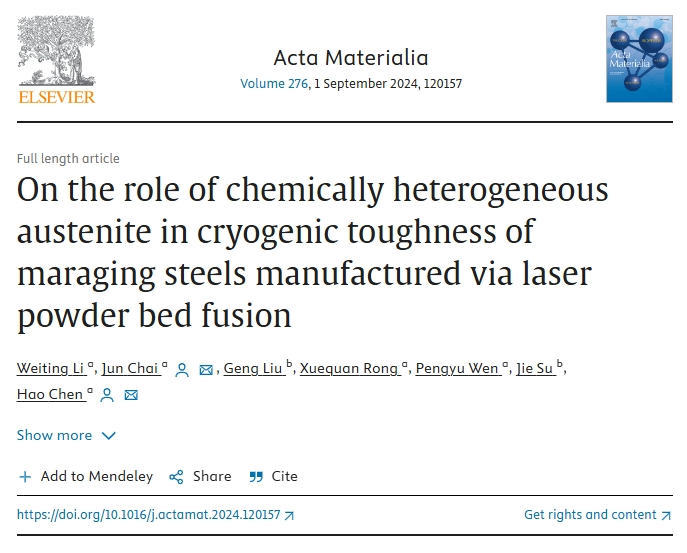
-scaled.jpg)
.png)
-scaled.jpg)
-scaled.jpg)
-scaled.jpg)
.jpg)
-scaled.jpg)
.jpg)
.jpg)
-scaled.jpg)
.jpg)

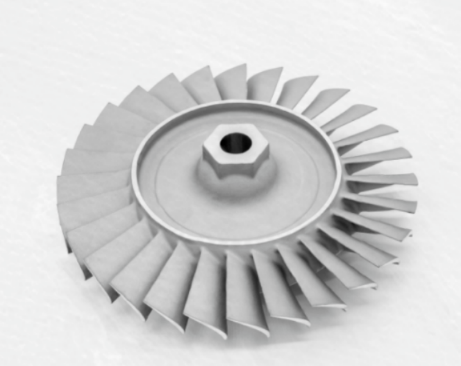
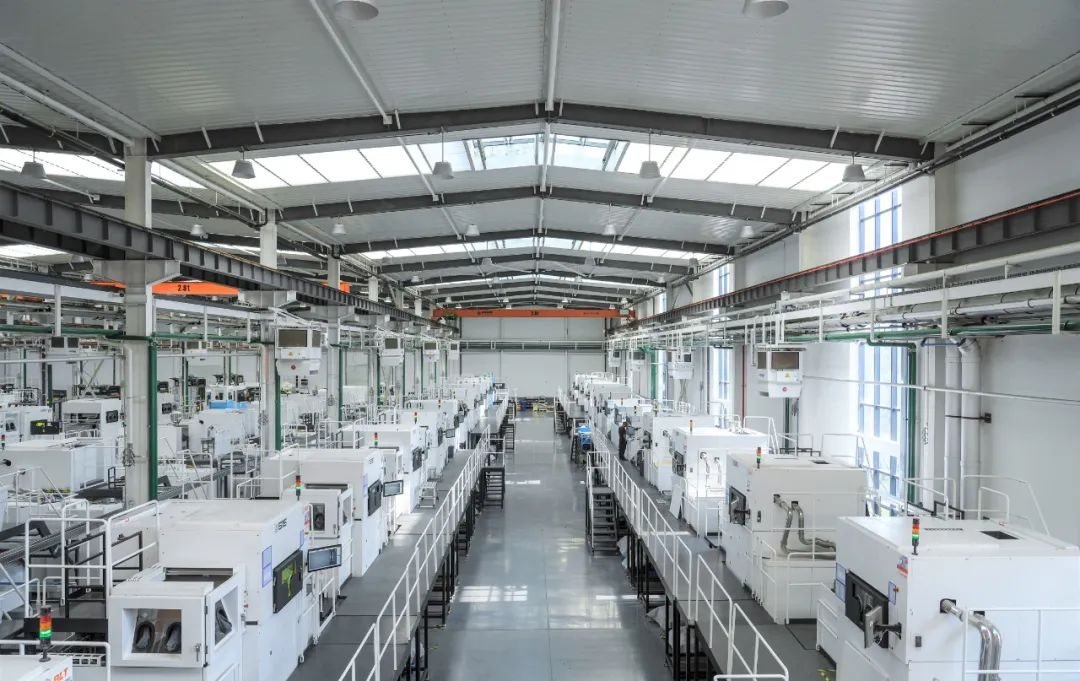
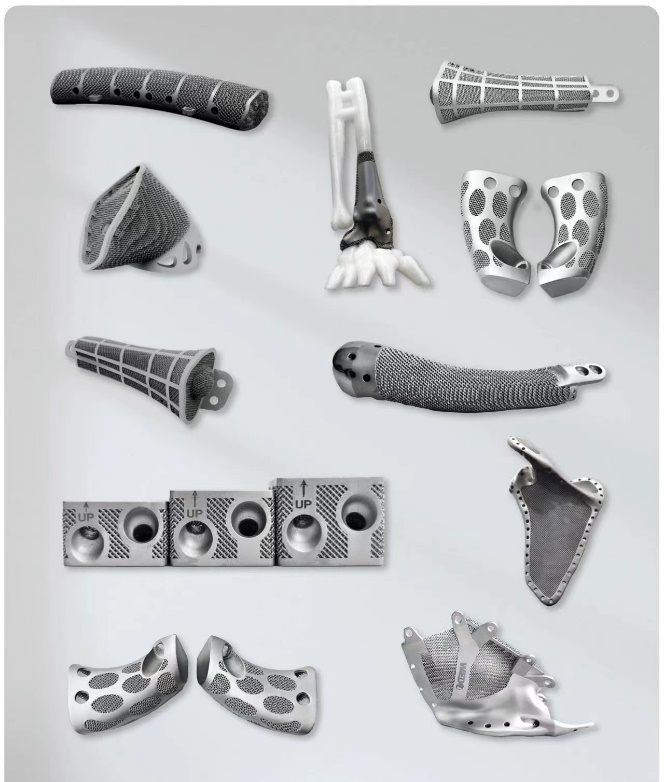
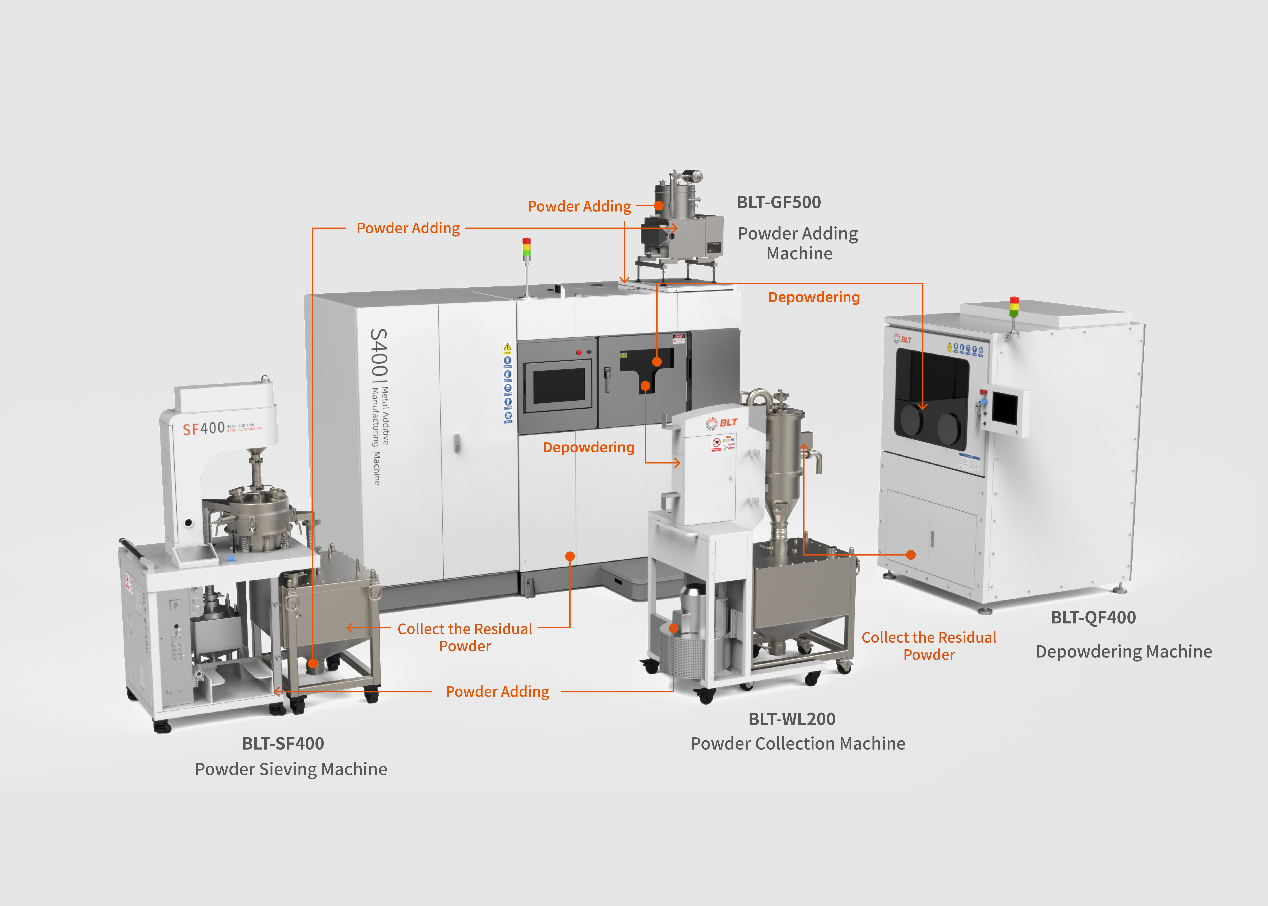
.png)
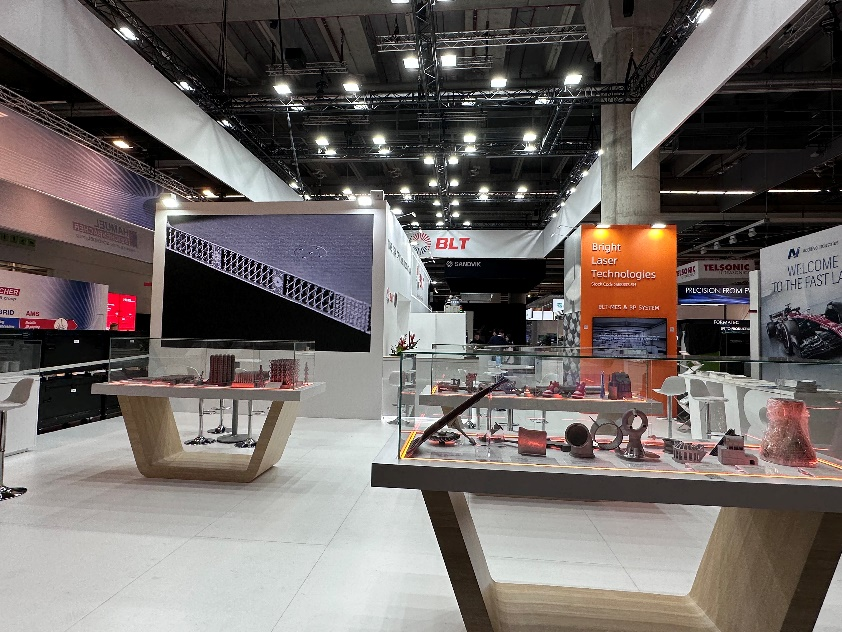
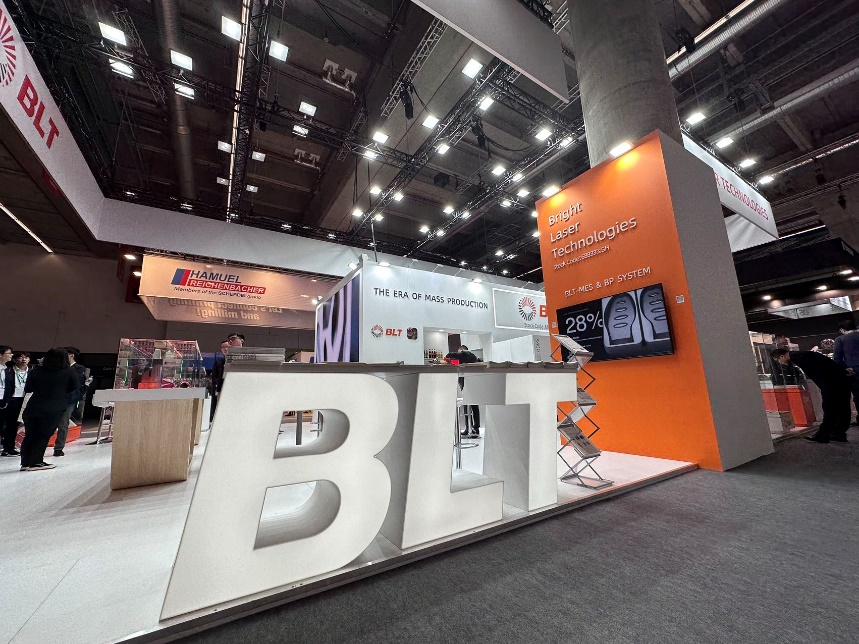
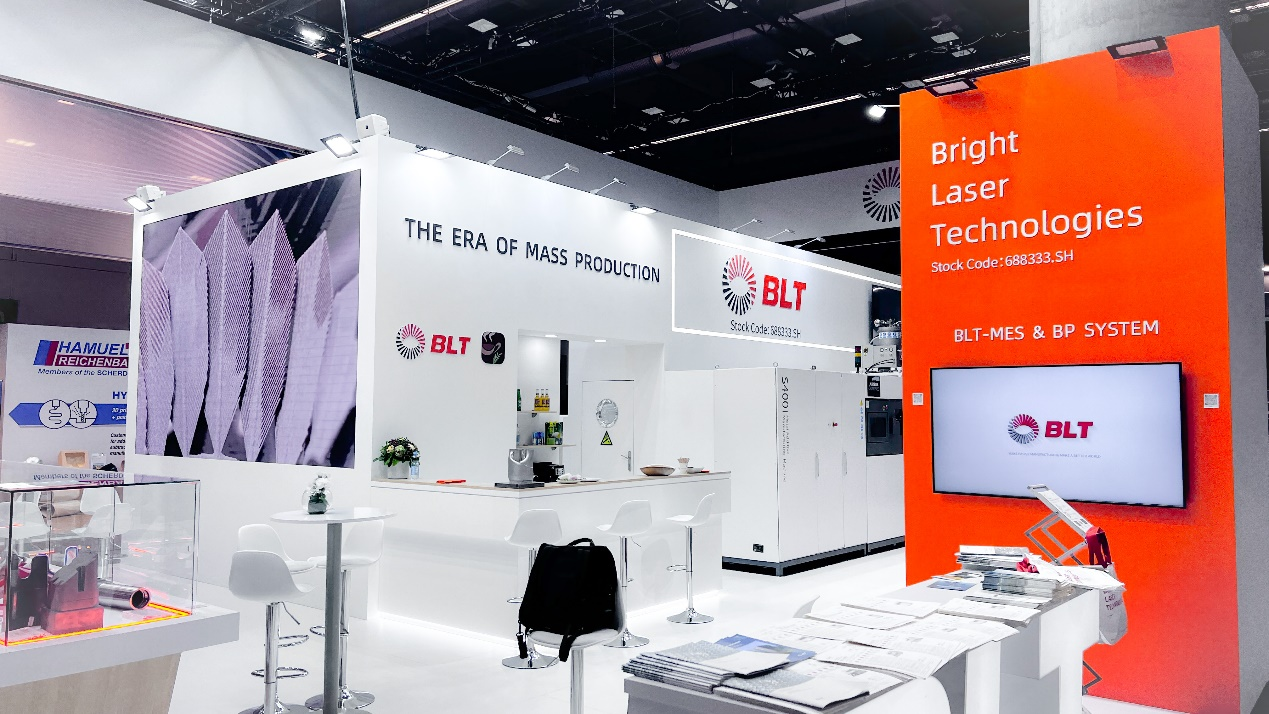
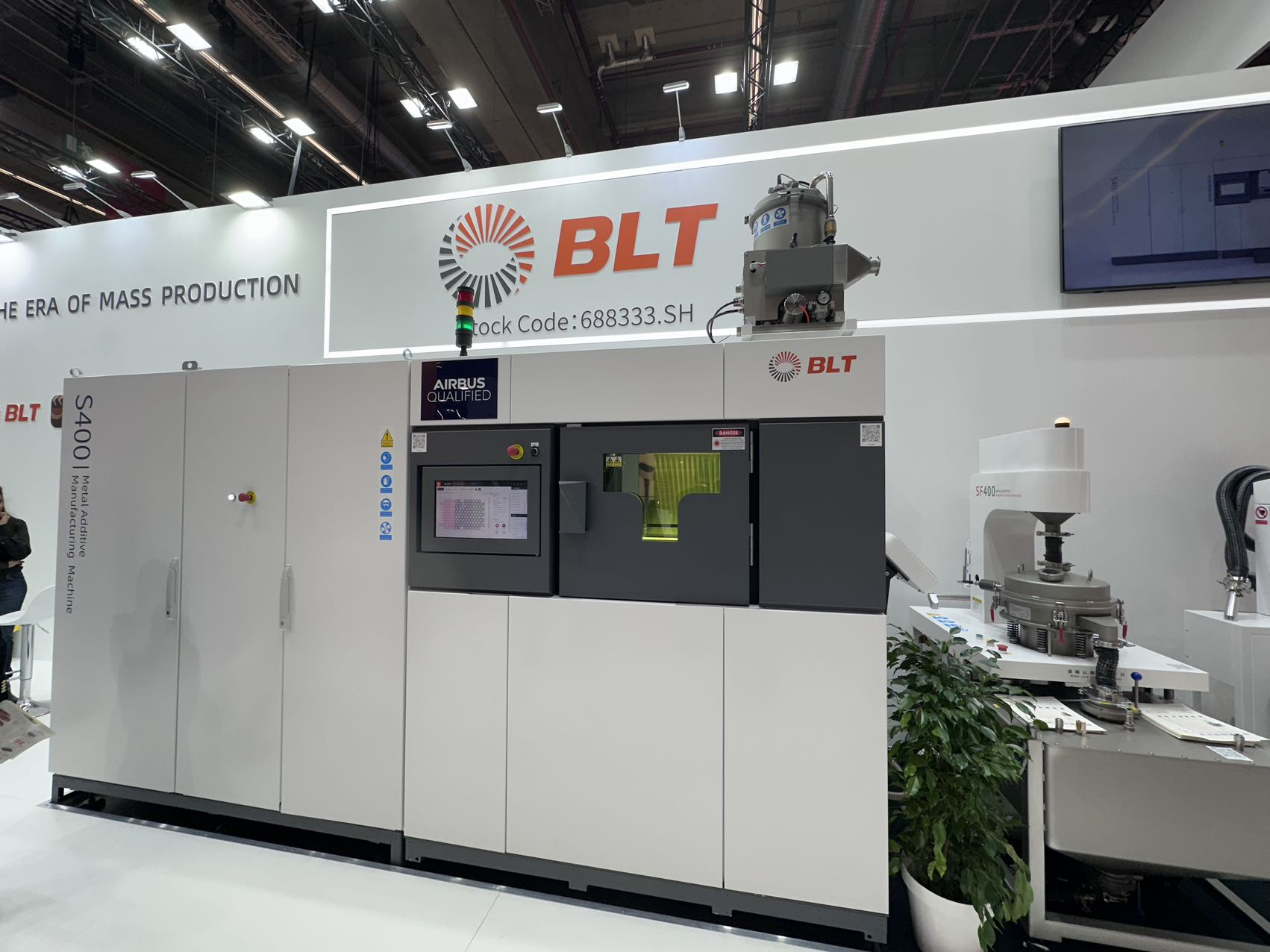

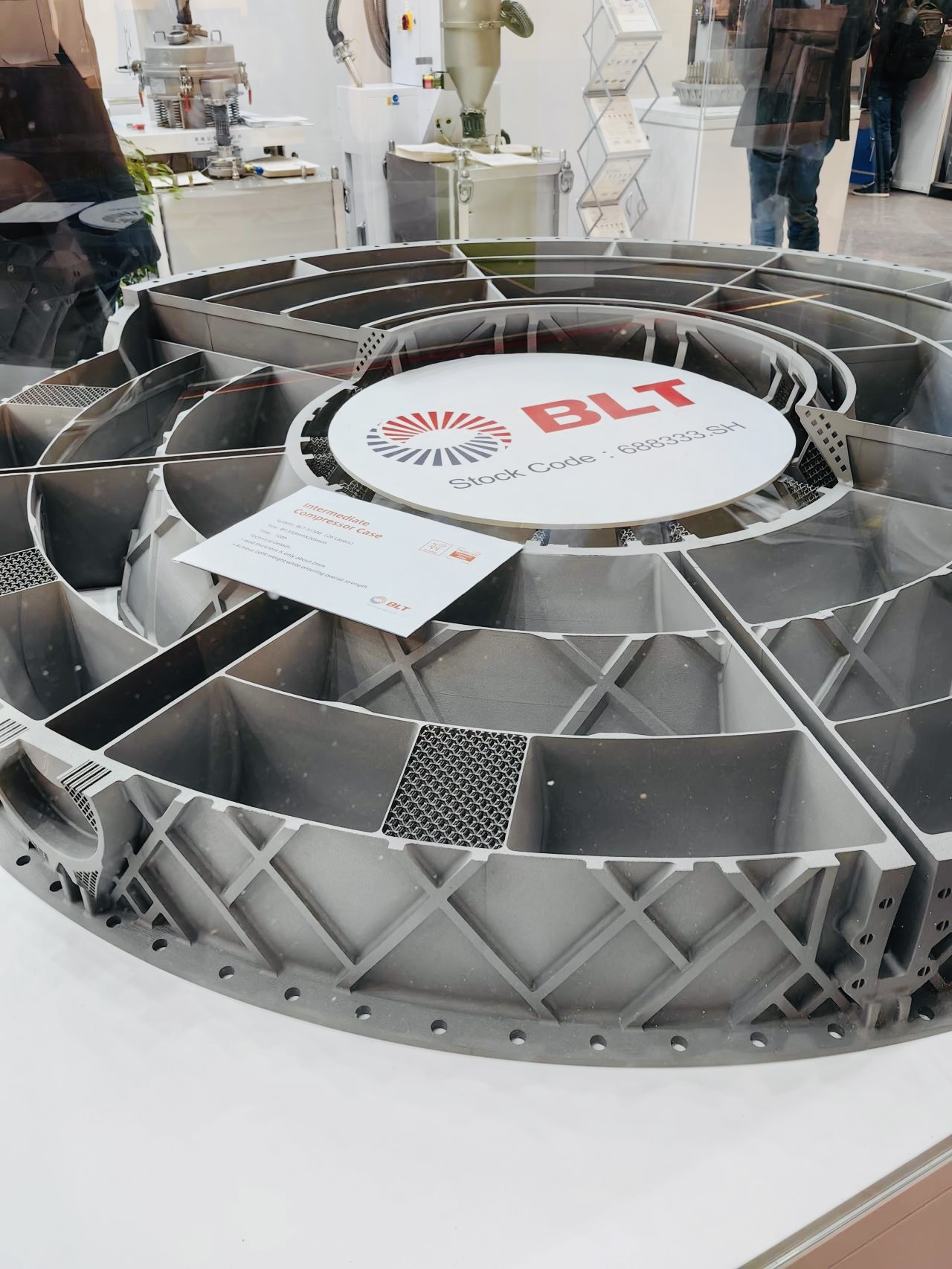
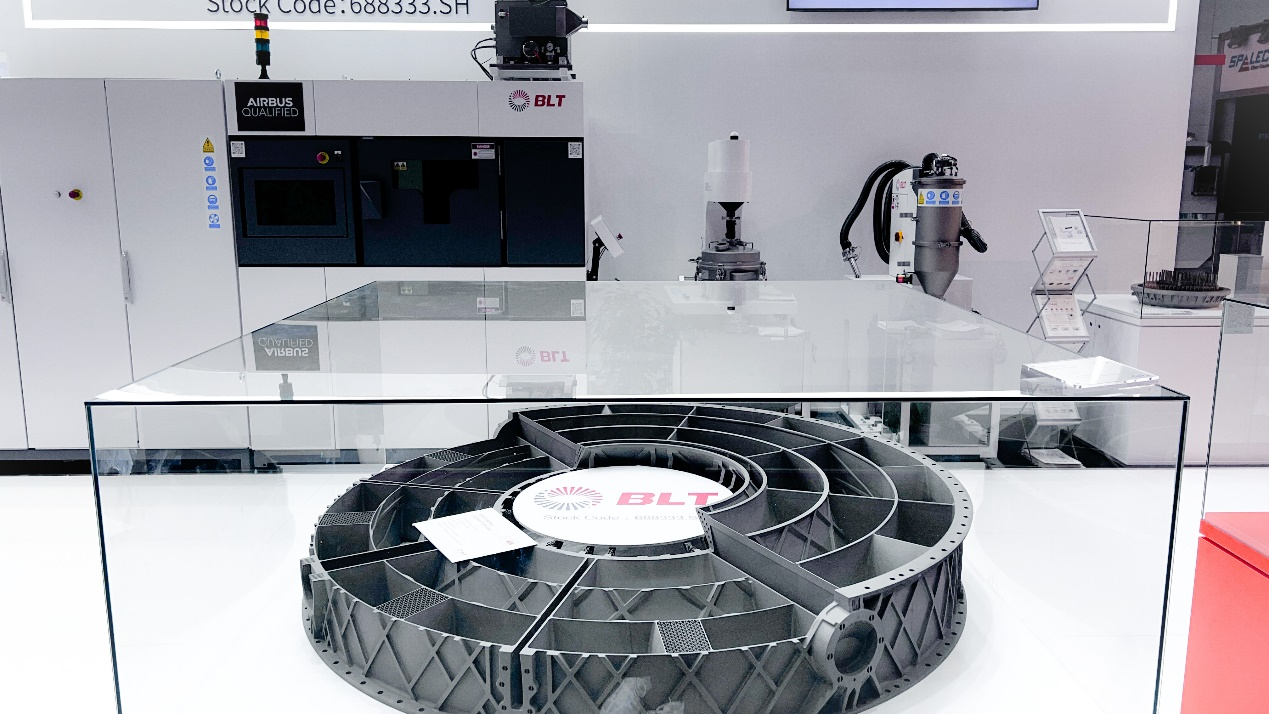
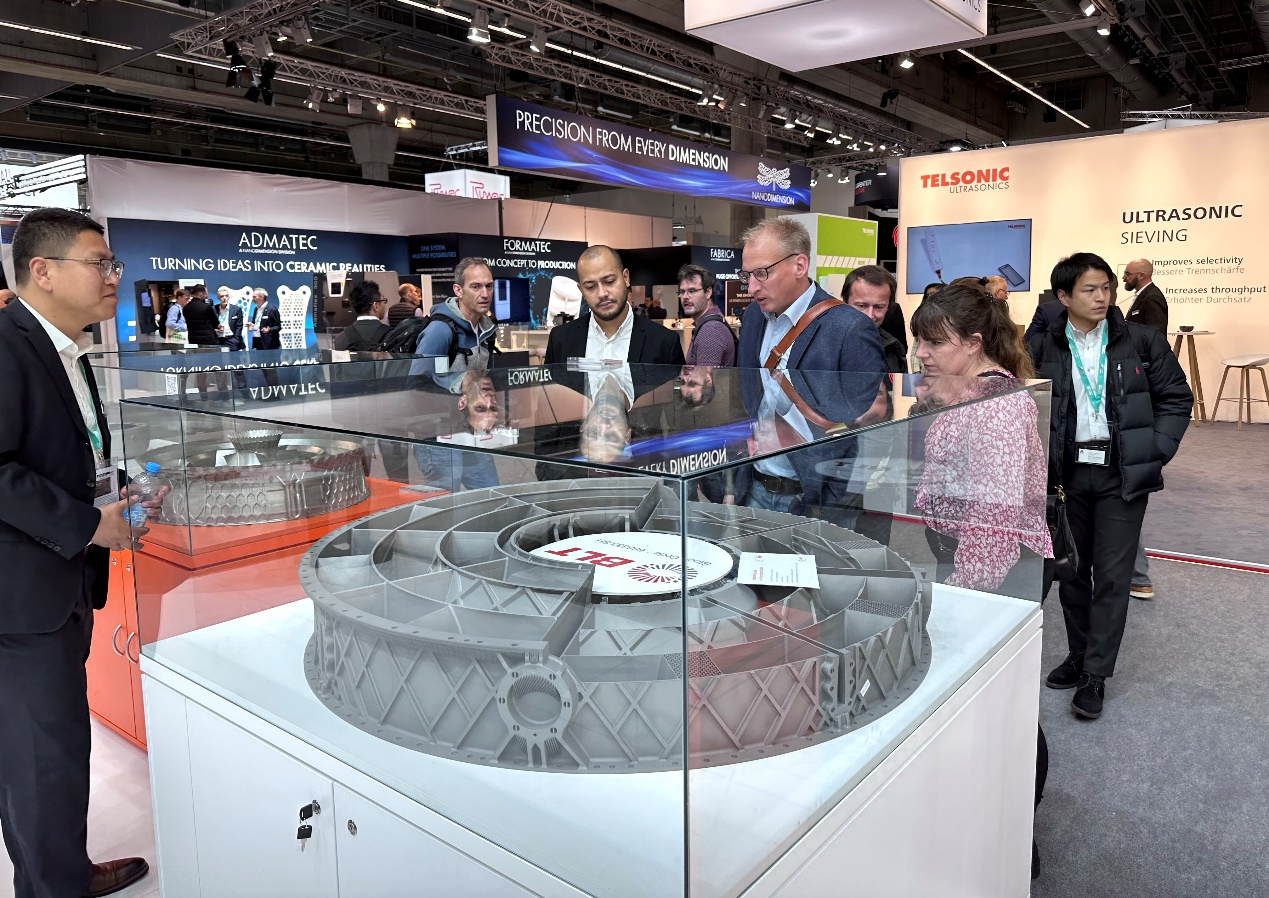
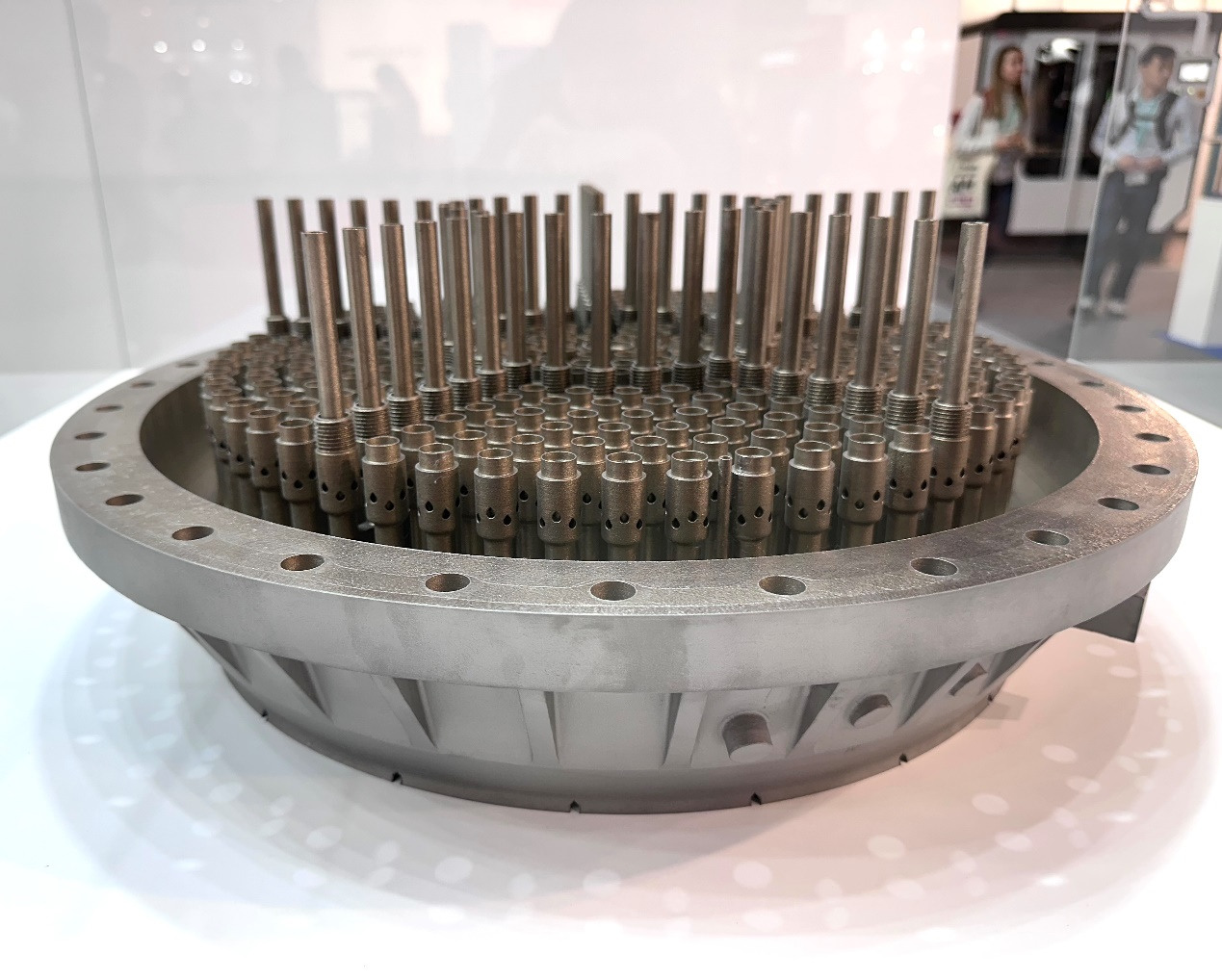
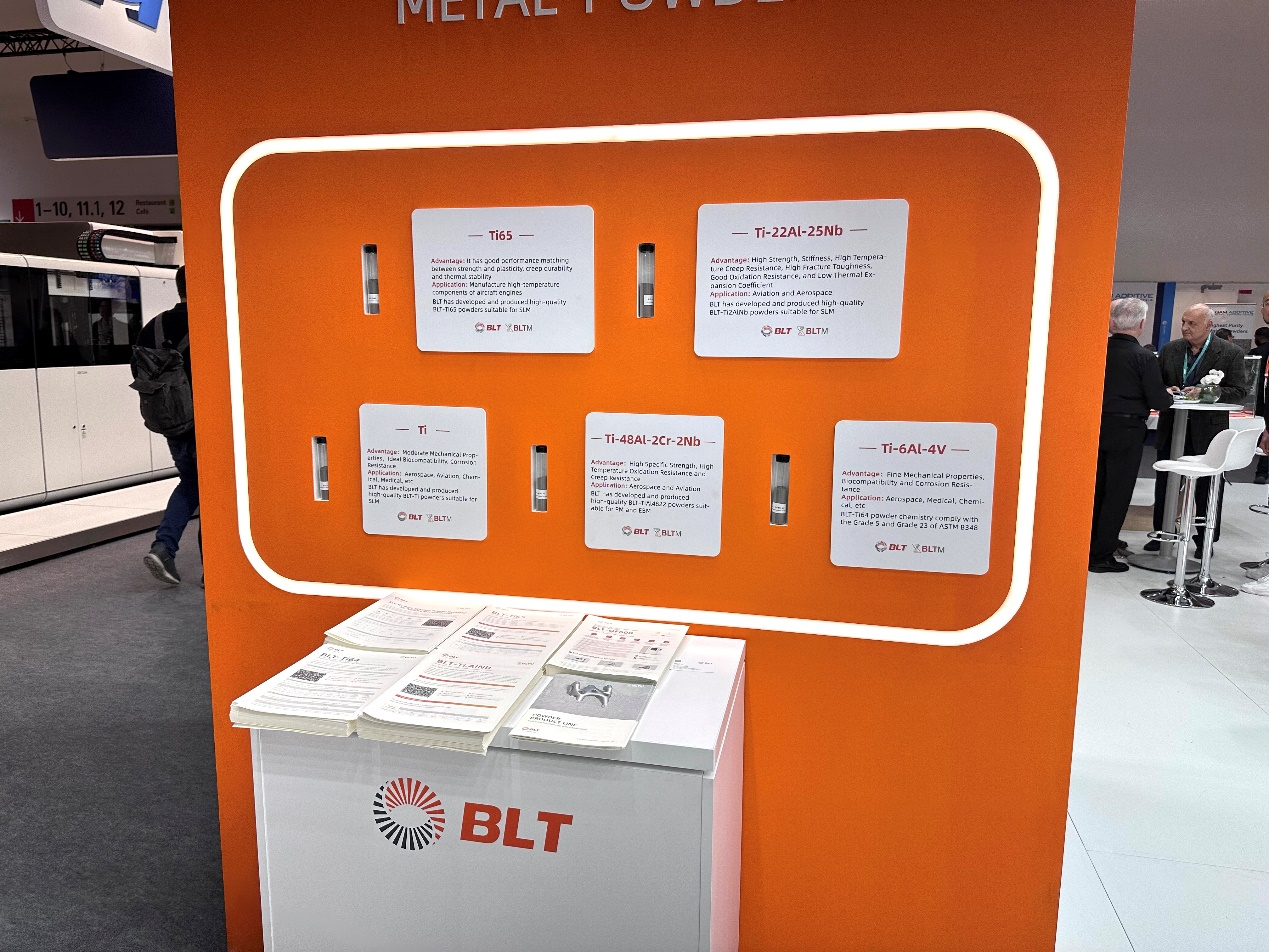
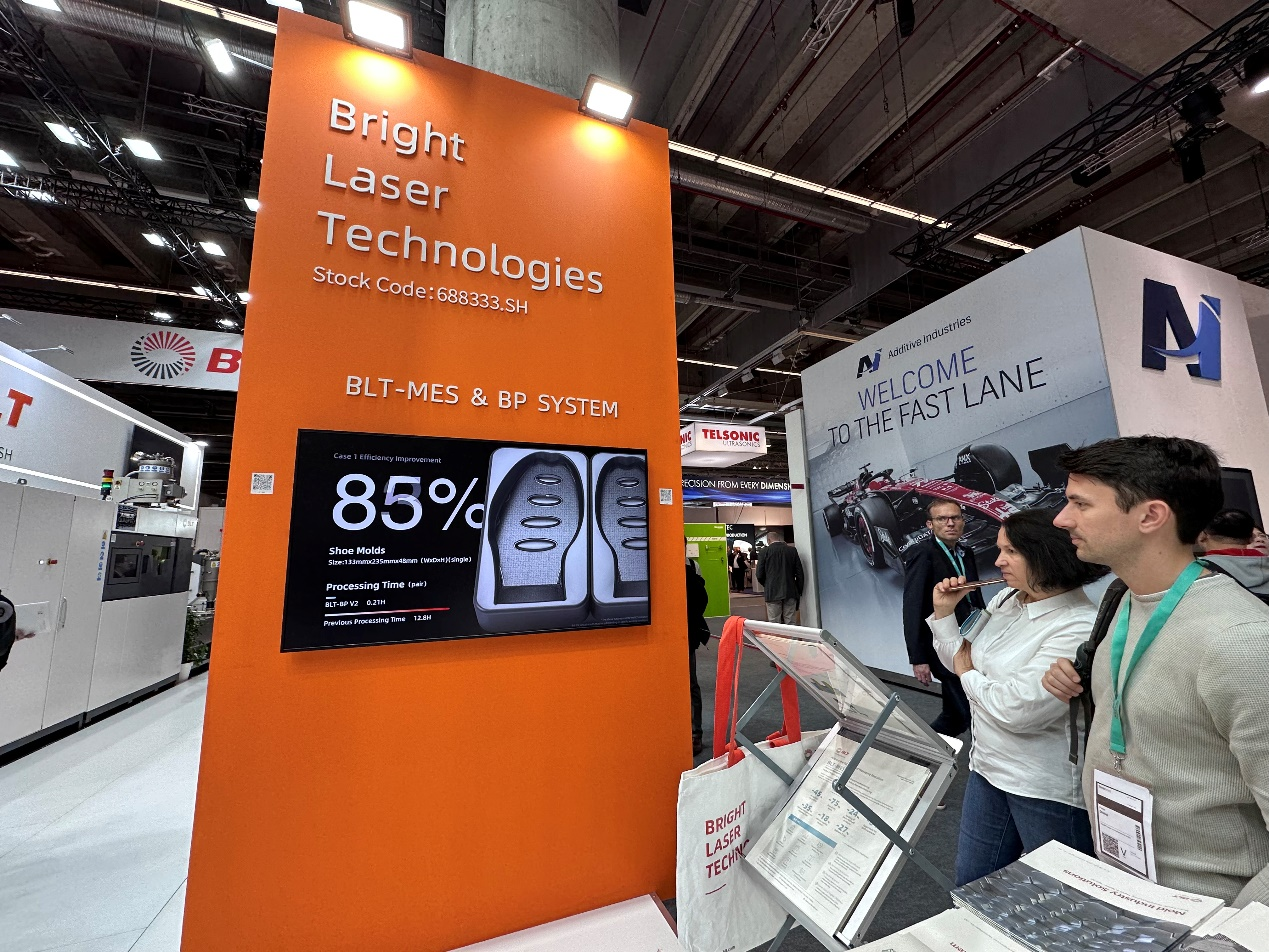
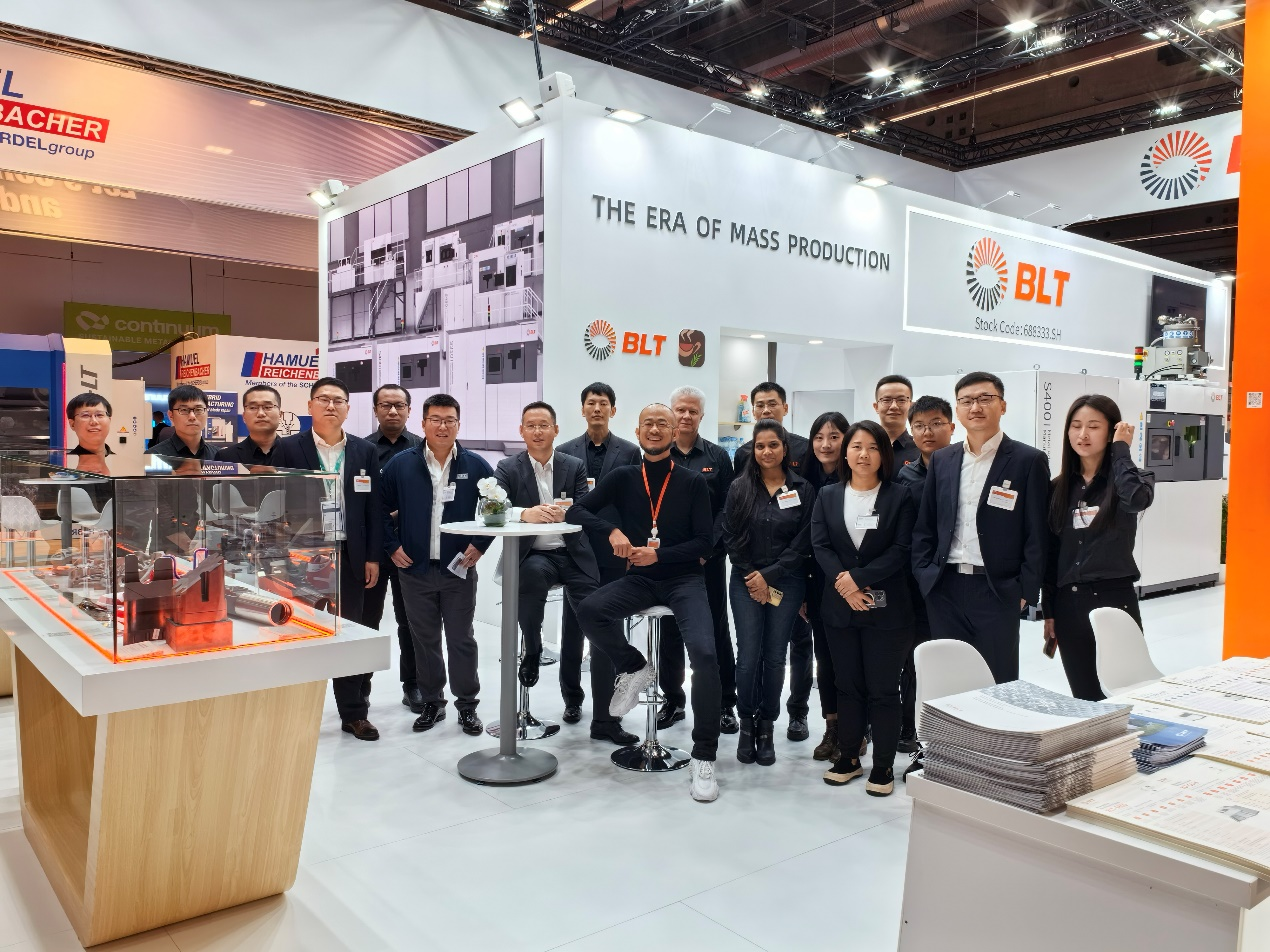
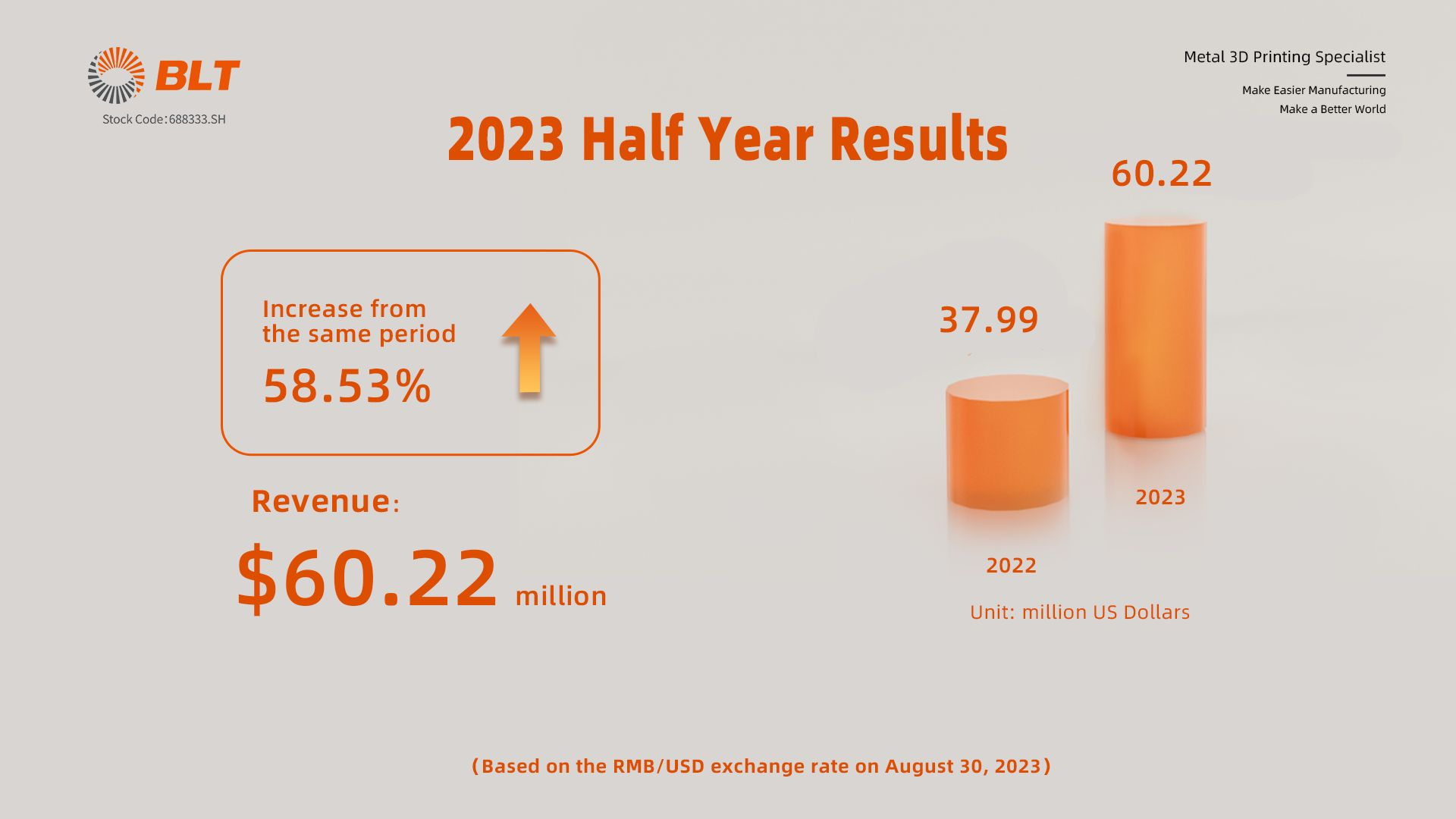
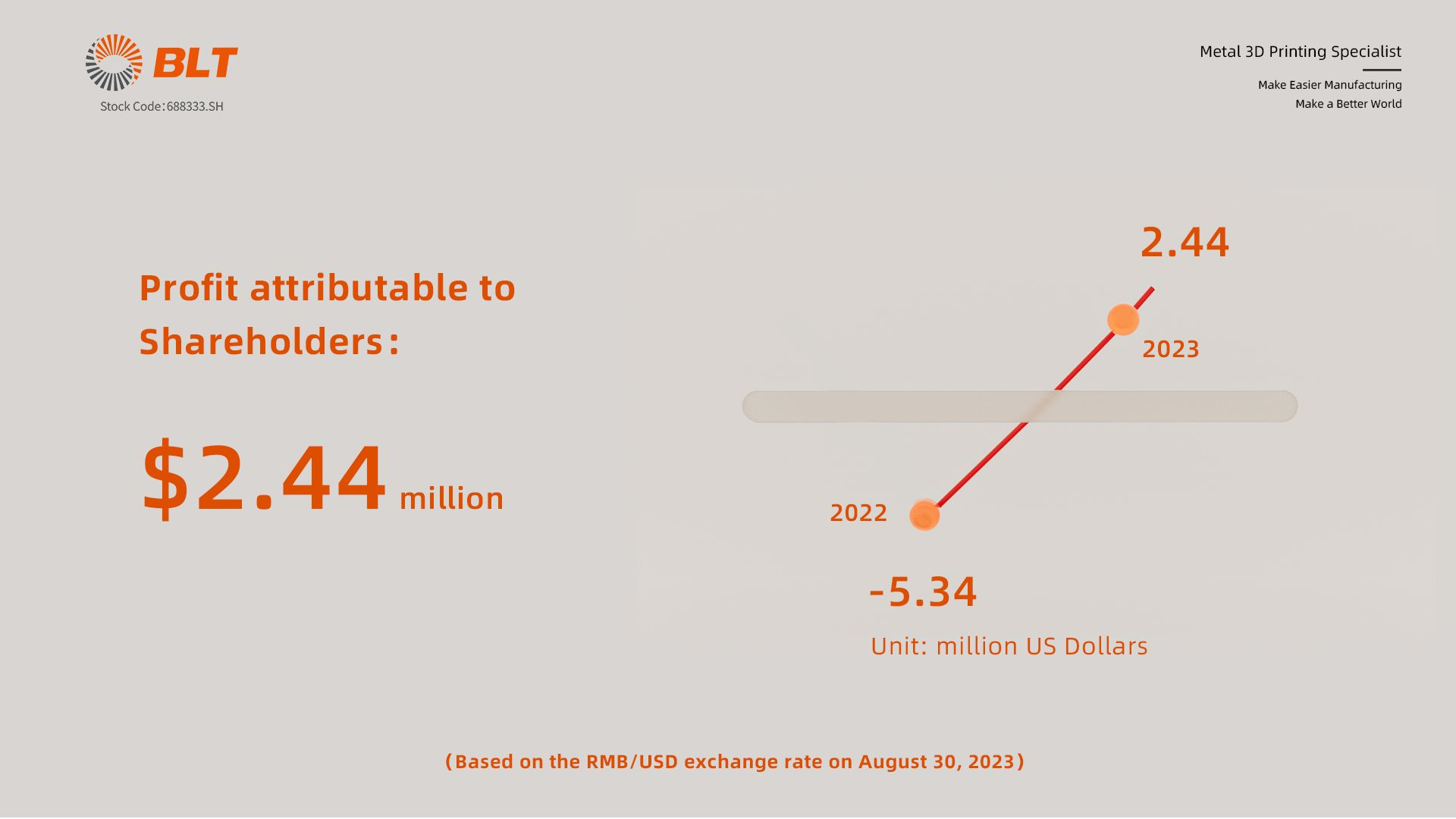
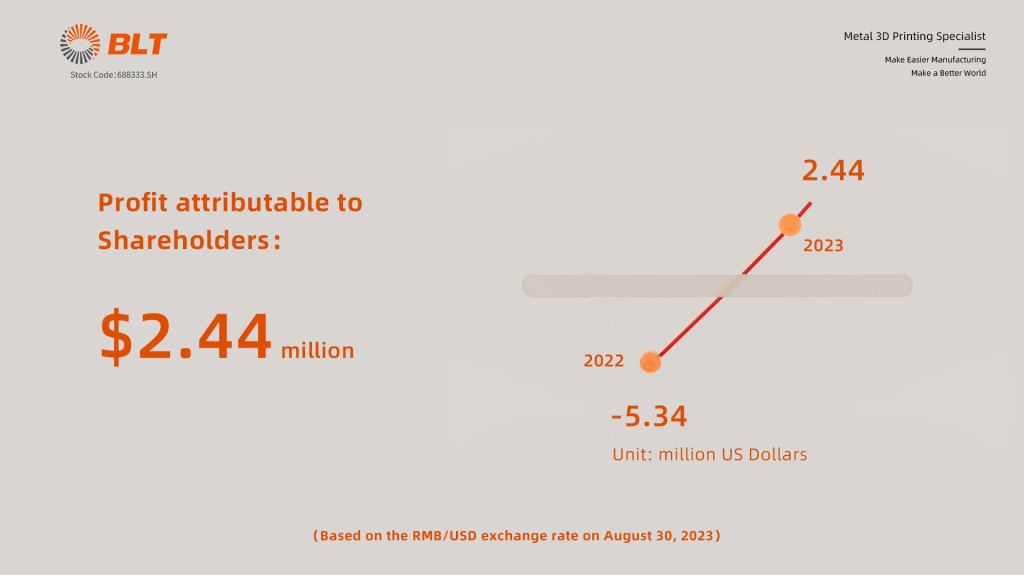
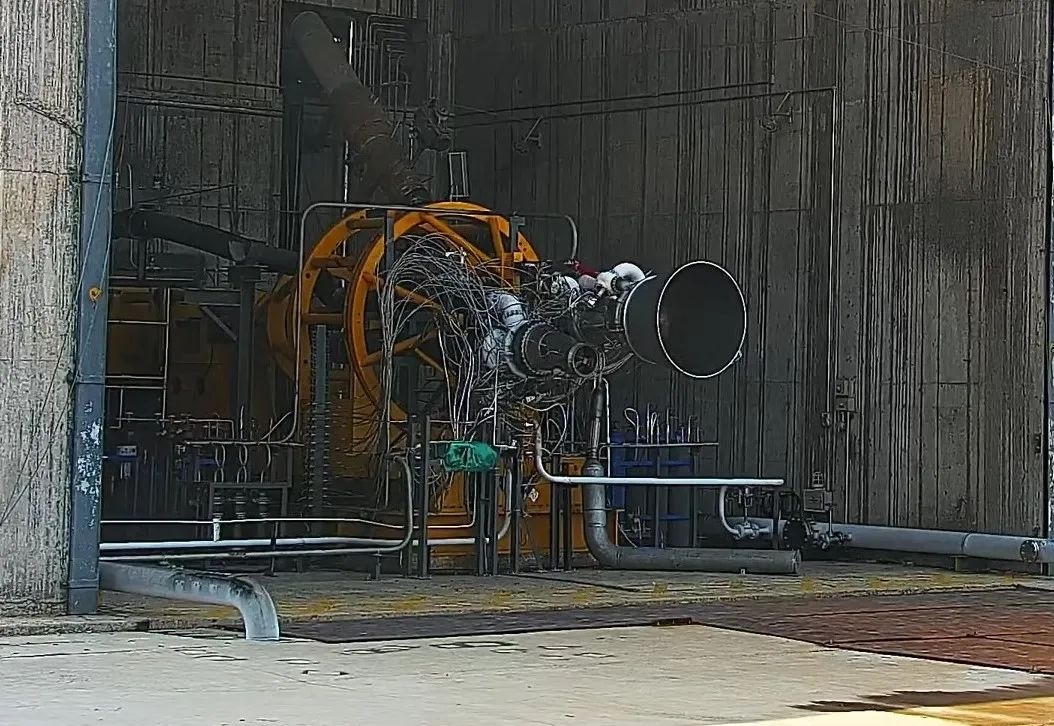
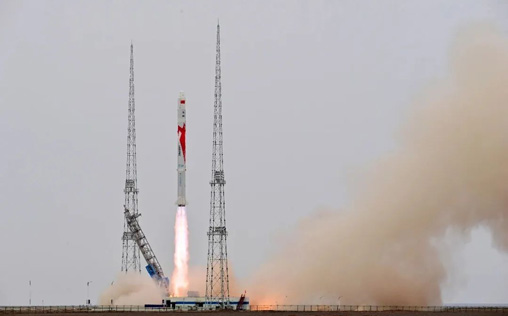
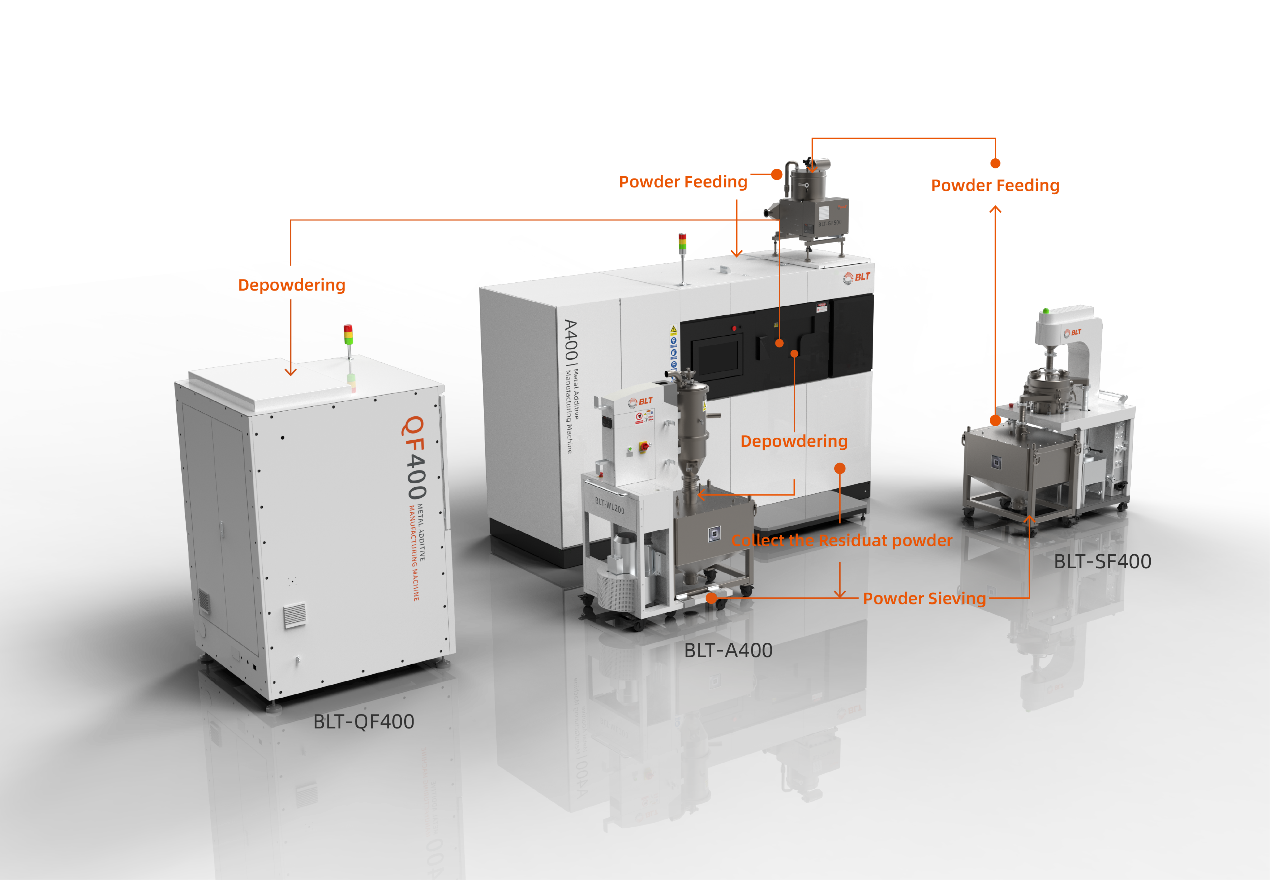
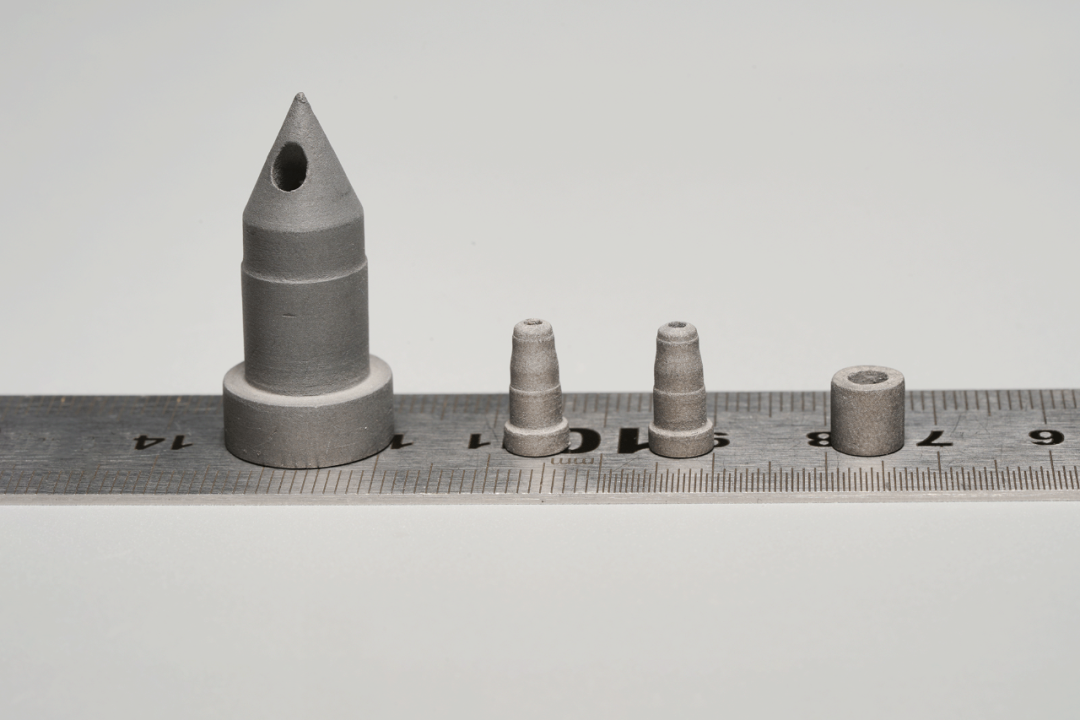
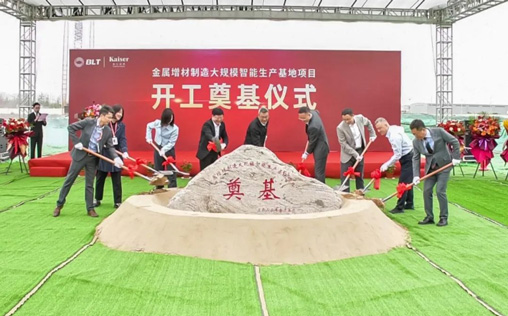
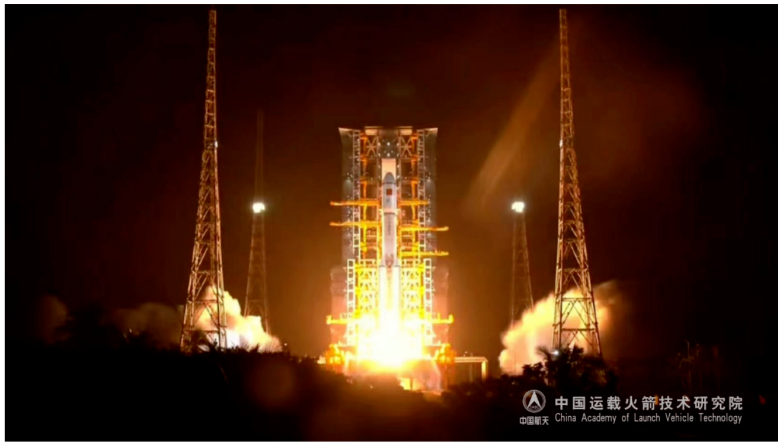
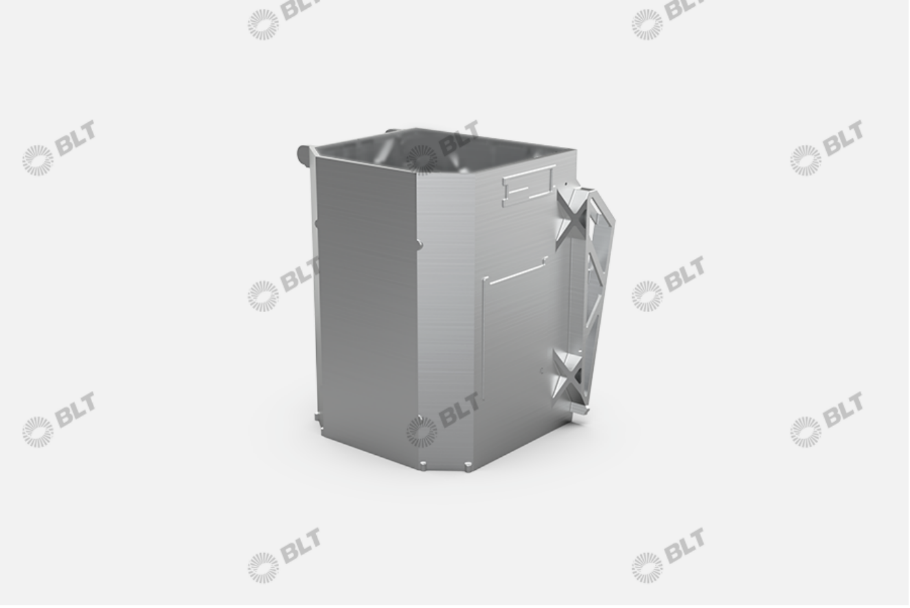
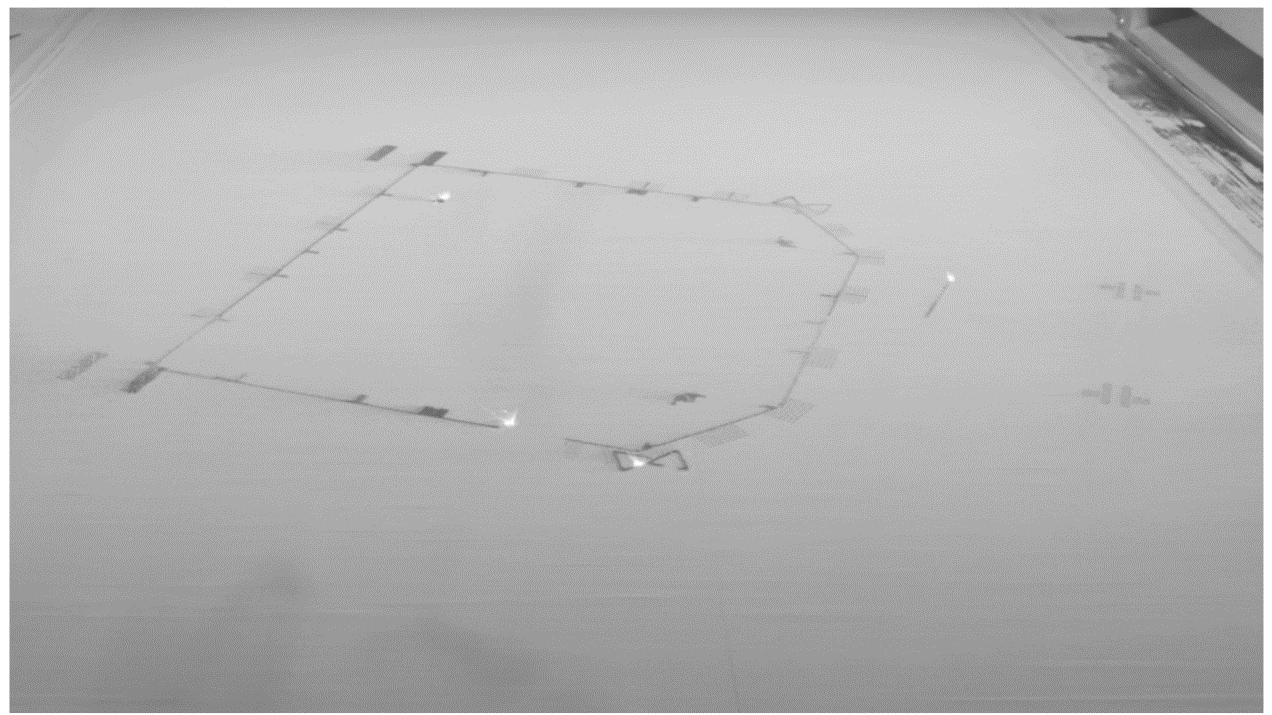 The picture shows the forming process of deployer frame.
The picture shows the forming process of deployer frame.